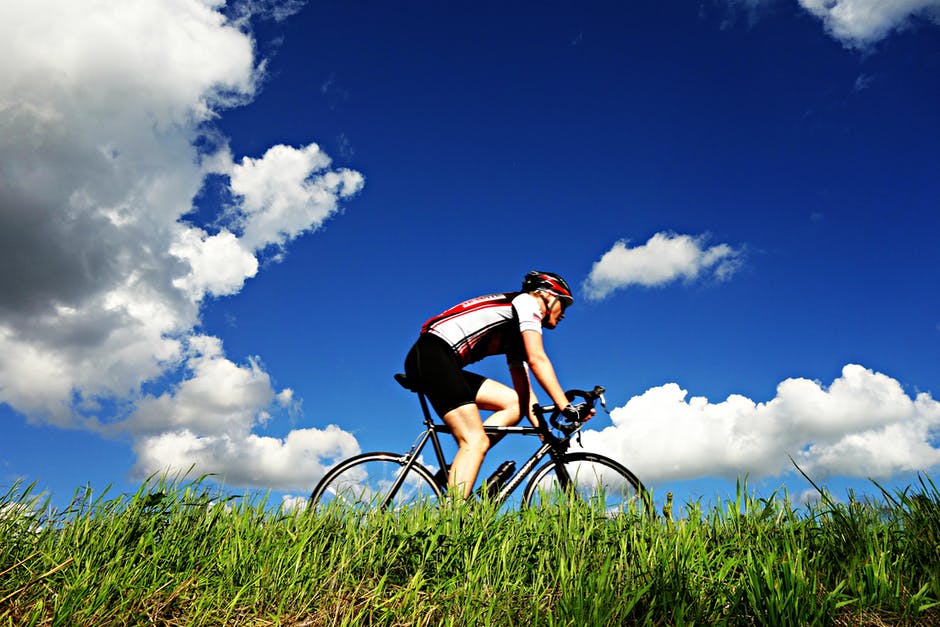
In the first blog, we talked about stress fractures being the first of the three most common injuries we typically see in athletes. Today, let’s dive into #2 and #3, and talk about causes, prevention and treatment.
2. Tendonitis
Once again, this injury is from overuse. The most common type of tendonitis we see involving athletes is Achilles tendonitis. The Achilles tendon is the most powerful tendon in the body and provides the propulsion strength needing in walking and running. It can often become very tight and repeated stress can cause micro tears in the tendon, causing pain and inflammation. Building rest days into your training can help prevent this injury. Stretching can also play a big part in prevention and can help if you are starting to develop the early signs of tendonitis. Icing the area for a short period of time can also help to resolve these symptoms.
However, if your symptoms persist, then considering more aggressive treatments can aid in the healing process. We avoid cortisone injections in this area due to the high chance of Achilles tendon rupture. We use laser therapy with the MLS laser to help reduce swelling and inflammation in the early stages of treatment. The laser also helps accelerate tissue repair and cell growth. If this has become a chronic issue, then we look at more regenerative treatment options like platelet-rich plasma therapy (PRP) and AmnioFix. These treatments can often prevent you from needing surgery and can help you resume your normal activity level more quickly.
3. Plantar Fasciitis
This is the most common complaint I see in my office. Heel pain affects many people and can be a common injury in athletes. The plantar fascia is the main ligament that supports the arch. It runs from the heel bone to the ball of the foot. As our foot adapts to terrain, the plantar fascia can become overused and inflamed. It too can develop micro tears that cause pain and inflammation. Left untreated, it can become a chronic condition that causes the tissue to become thick and the plantar fascia loses it’s elasticity.
Symptoms often will be worst with the first step in the morning, or after sitting for long periods. In runners, it will often feel better shortly after you begin exercises, but will start to become painful again after longer distances and become progressively more and more painful. If the Achilles tendon is tight, it places added stress on the arch of the foot and often becomes the main cause of plantar fasciitis. Sometimes, plantar fasciitis can respond to calf stretching, but I would recommend coming in for an evaluation first as sometimes stretching can also make it worse, depending on the stage of the injury.
Plantar fasciitis also responds very well to regenerative injections like PRP and Amniofix. Cortisone injections have been the traditional approach to treating this condition. However, they often mask the symptoms, and when the injection starts to wear off, the pain returns. When using PRP or Amniofix, your immune system is recruited to aid in the healing of the tissue. The tissue is actually healing itself instead of just covering up the symptoms. Arch supports (orthotics) can also help to support the arch and prevent recurrence of pain.
Get Back to What You Love
So here’s the big takeaway. There are a myriad of injuries possible for athletes and triathletes, but these three are common because they are caused by overuse. We often treat all three injuries very similarly because of the response we see. Regenerative injections, orthotics, and MLS laser treatment have shown to get patients back to their activities, quickly. Often times, this happens in a matter of weeks instead of months.
Our goal is to heal the injury quickly, control the biomechanics of the foot to prevent the injury from returning, and get you back to doing the things that you love as quickly as possible.

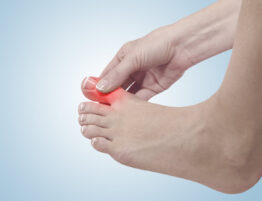

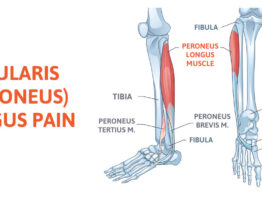


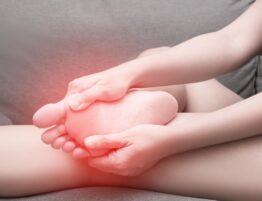

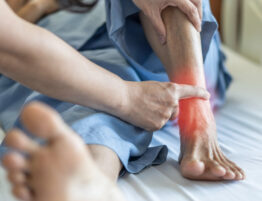
Write a comment: